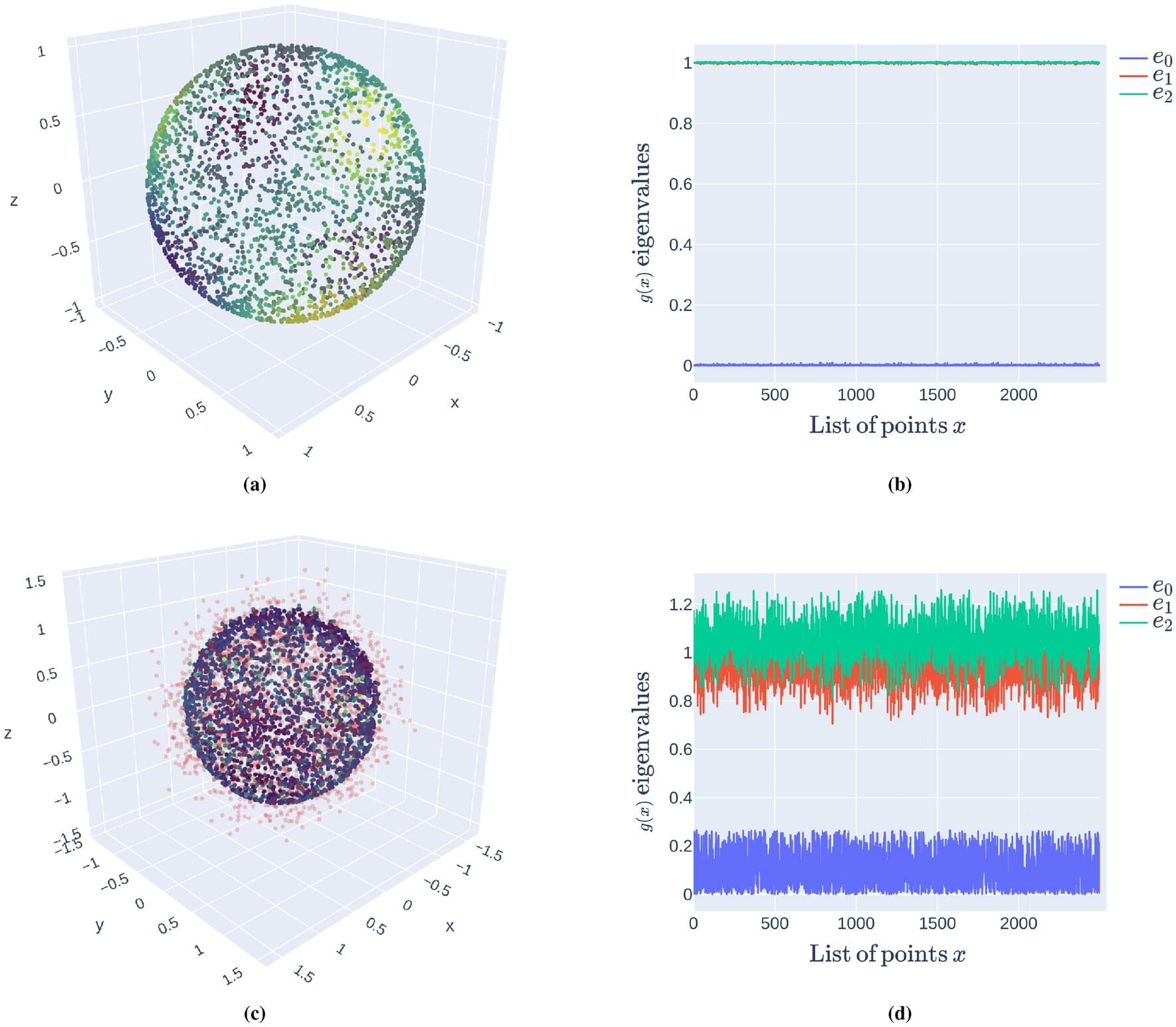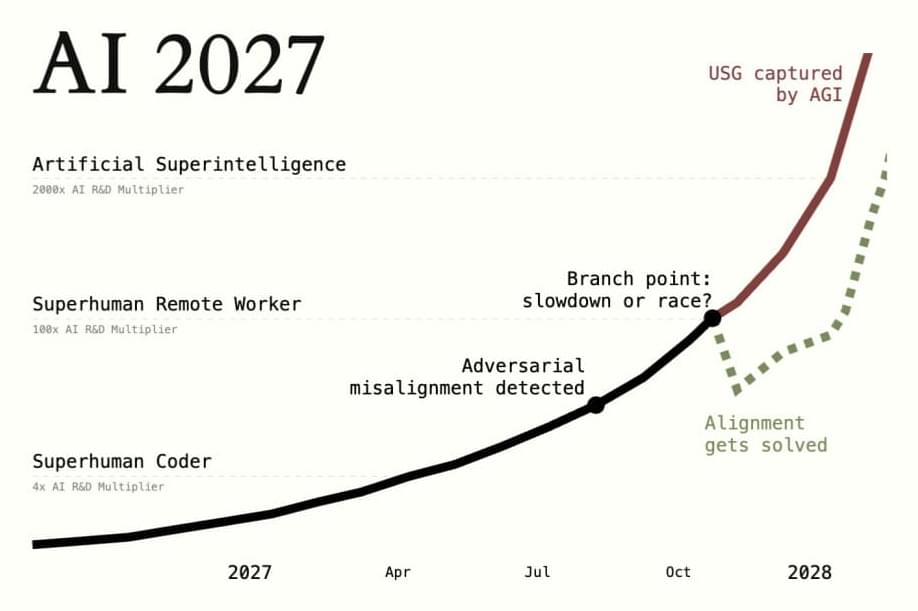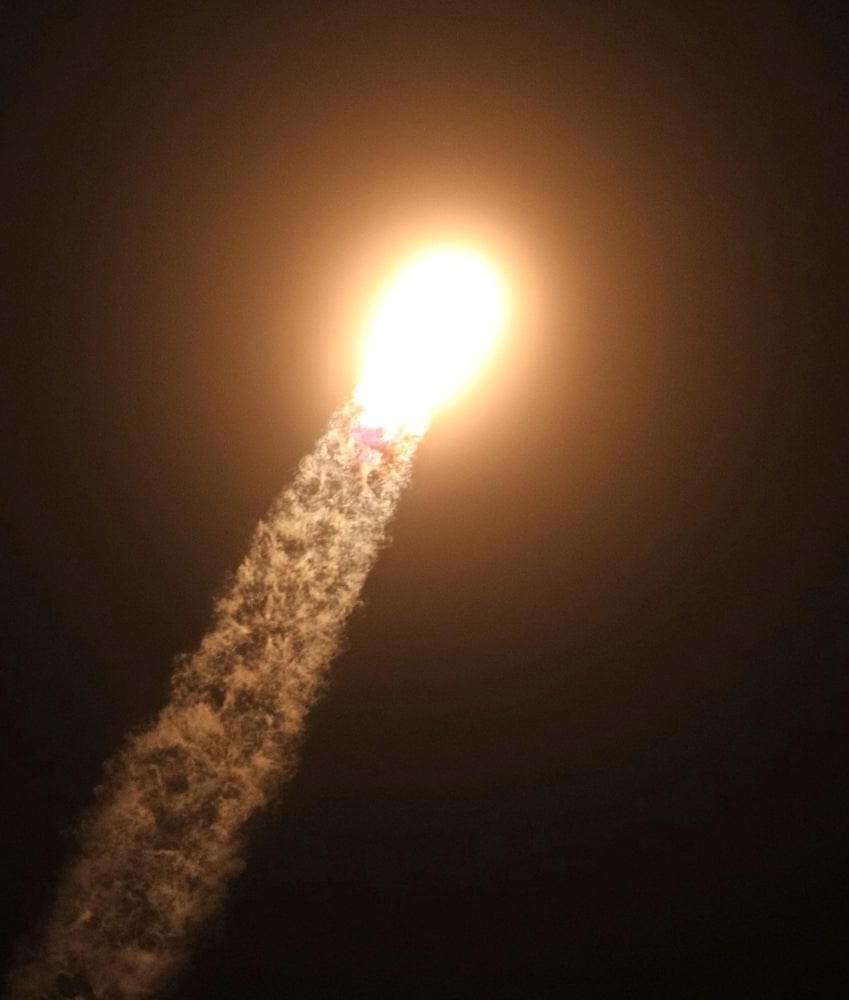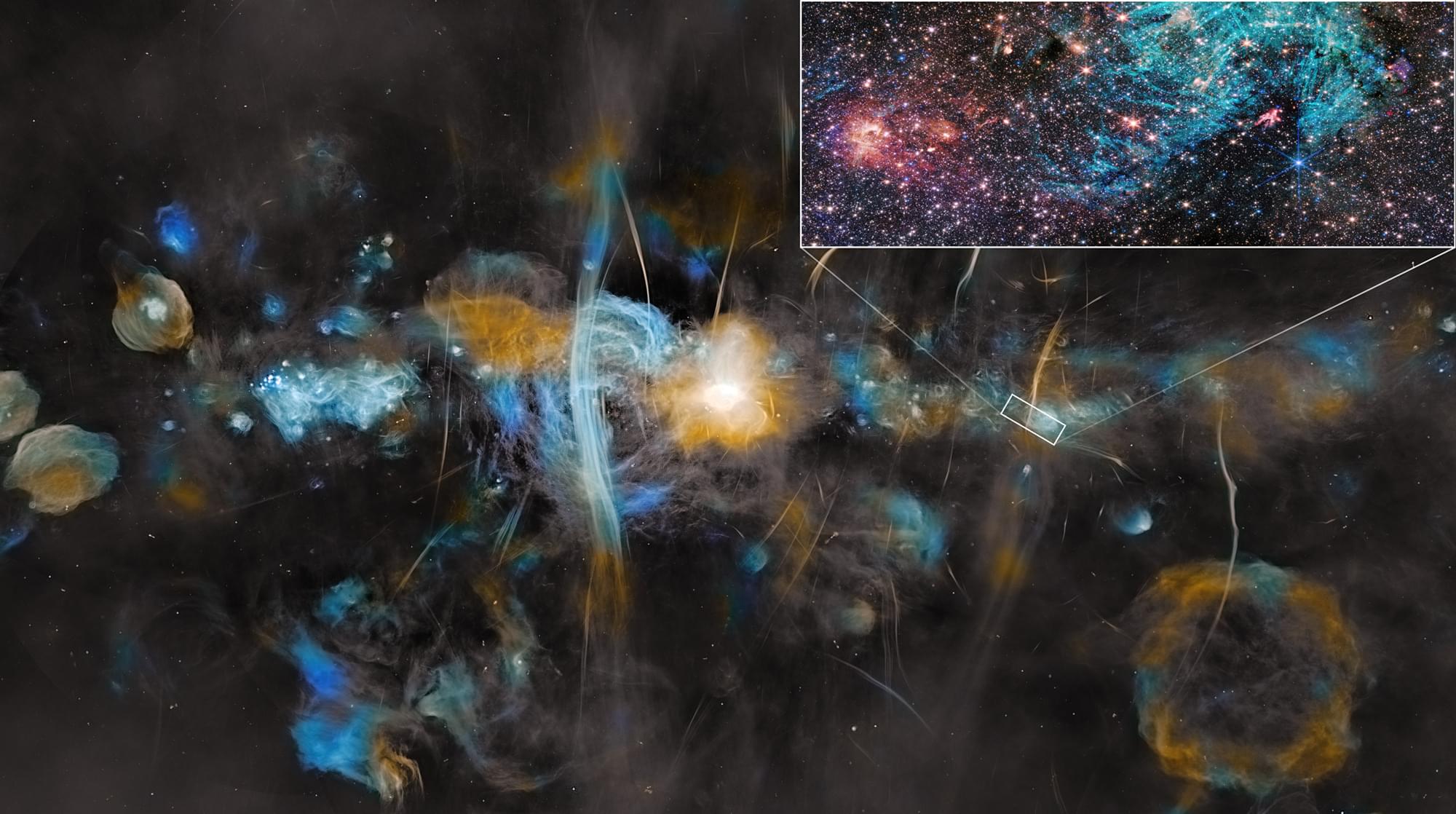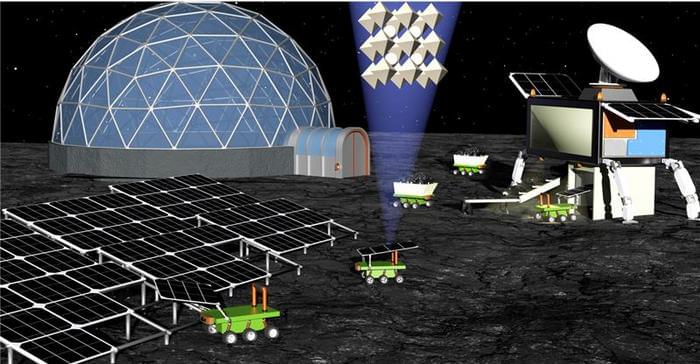Whether extra dimensions prove to be physical realities or useful mathematical constructs, they have already transformed our understanding of the universe. They have forced us to reconsider fundamental assumptions about space, time, and the nature of physical law. And they remind us that reality may be far richer and more complex than our everyday experience suggests — that beyond the familiar dimensions of length, width, height, and time, there may exist entire realms waiting to be discovered and, perhaps one day, explored.
The theoretical physicist John Wheeler once remarked that “we live on an island of knowledge surrounded by an ocean of ignorance.” Our exploration of extra dimensions extends the shoreline of that island, pushing into uncharted waters with the tools of mathematics, experiment, and imagination. Though we may never set foot in the fifth dimension or beyond, the very act of reaching toward these hidden aspects of reality expands our perspective and deepens our understanding of the cosmos we call home.
As we continue this grand scientific adventure, we carry forward the legacy of those who first dared to imagine worlds beyond our immediate perception — from the mathematicians who developed the language of higher-dimensional geometry to the physicists who incorporated these concepts into our most fundamental theories. Their vision, coupled with rigorous analysis and experimental testing, illuminates a path toward an ever more complete understanding of the universe in all its dimensions.

